Home>Gardening & Outdoor>Landscaping Ideas>How To Make Fake Grass For A Project
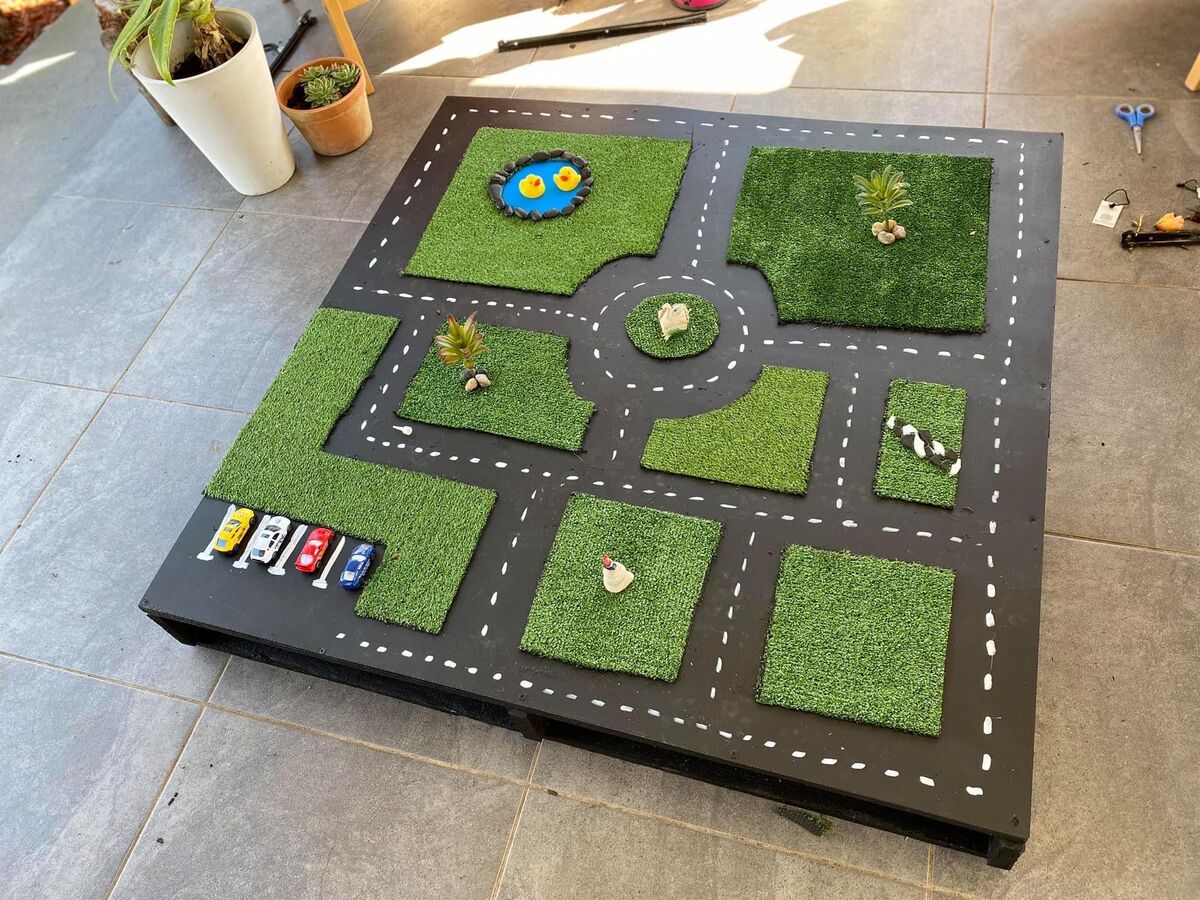

Landscaping Ideas
How To Make Fake Grass For A Project
Modified: March 2, 2024
Learn how to create realistic fake grass for your landscaping project with our easy step-by-step guide. Perfect for DIY enthusiasts and school projects. Discover the best landscaping ideas!
(Many of the links in this article redirect to a specific reviewed product. Your purchase of these products through affiliate links helps to generate commission for Storables.com, at no extra cost. Learn more)
Introduction
Welcome to the world of artificial landscaping, where creativity meets practicality. Whether you’re a hobbyist, a student working on a project, or a DIY enthusiast, creating fake grass can add a touch of realism to your miniature landscapes and dioramas. The process of making fake grass is not only fun and rewarding, but it also allows for endless customization and experimentation. By following a few simple steps and employing some basic materials, you can bring your artificial grass to life with remarkable detail.
In this guide, we will explore the materials needed, step-by-step instructions, as well as some helpful tips and tricks to ensure that your faux grass project is a resounding success. So, roll up your sleeves, unleash your creativity, and let’s dive into the wonderful world of crafting lifelike artificial grass!
Key Takeaways:
- Crafting fake grass is a fun and rewarding DIY project that allows for endless customization and experimentation, making it perfect for hobbyists and students working on projects.
- By following simple steps and using high-quality materials, you can create stunning and lifelike artificial grass for dioramas, architectural models, and various craft projects.
Read more: How To Make Fake Grass
Materials Needed
Before embarking on your fake grass-making journey, it’s essential to gather the necessary materials. Here’s a list of items that you’ll need to bring your artificial grass to life:
- Green yarn or twine: This will serve as the base for your fake grass, providing the lush green color and texture.
- Scissors: A reliable pair of scissors will be indispensable for cutting and shaping the yarn or twine to the desired length.
- Green fabric dye or paint: To add depth and variation to your artificial grass, you’ll need a suitable dye or paint to color the yarn or twine.
- Glue: A strong adhesive, such as craft glue or hot glue, will be essential for securing the yarn or twine to your project surface.
- Backing material: Depending on your project’s requirements, you may need a suitable backing material, such as cardboard or foam, to anchor your fake grass.
- Optional: Additional embellishments, such as small rocks, miniature flowers, or tiny figurines, can enhance the overall visual appeal of your artificial grass project.
With these materials in hand, you’ll be well-equipped to commence the process of crafting your very own lifelike fake grass. Now, let’s move on to the step-by-step instructions for creating your artificial greenery!
Steps to Make Fake Grass
Now that you have all the necessary materials assembled, it’s time to dive into the exciting process of creating your very own fake grass. Follow these step-by-step instructions to bring your artificial greenery to life:
- Prepare the Yarn or Twine: Begin by cutting the green yarn or twine into varying lengths, mimicking the look of natural grass blades. You can experiment with different lengths to achieve a more realistic and textured appearance.
- Color the Yarn or Twine: Using green fabric dye or paint, carefully color the cut yarn or twine. This step adds depth and visual interest to your artificial grass, ensuring that it closely resembles the real thing.
- Secure the Yarn or Twine: Once the coloring process is complete and the yarn or twine has dried, apply a small amount of glue to the backing material. Then, carefully press the yarn or twine onto the adhesive, ensuring that it adheres securely and forms a natural-looking grassy surface.
- Trim and Shape: After the yarn or twine is firmly attached, use scissors to trim and shape the artificial grass to your desired length and appearance. This step allows you to refine the overall look of your fake grass, creating a polished and professional finish.
- Add Finishing Touches: To elevate the realism of your artificial grass project, consider incorporating additional embellishments, such as small rocks, miniature flowers, or decorative figurines. These elements can enhance the visual appeal and bring your miniature landscape to life.
By following these steps with precision and creativity, you’ll be able to produce stunning fake grass that is perfect for dioramas, architectural models, and various craft projects. Now, let’s explore some valuable tips and tricks to ensure that your artificial grass-making endeavor is a resounding success!
To make fake grass for a project, use green construction paper or fabric and cut it into small strips. Then, glue the strips onto a cardboard or foam base to create the look of grass.
Tips and Tricks
As you venture into the realm of creating fake grass, consider these valuable tips and tricks to enhance your crafting experience and achieve exceptional results:
- Experiment with Texture: Vary the lengths and thickness of the yarn or twine to create a more natural and textured appearance for your artificial grass. This simple technique can add depth and realism to your project.
- Use High-Quality Materials: Opt for durable and high-quality yarn or twine, as well as reliable adhesive. Investing in superior materials can significantly improve the longevity and visual appeal of your fake grass.
- Consider Realistic Coloration: When coloring the yarn or twine, aim for a blend of green shades to mimic the natural intricacies of grass. Incorporating subtle variations in color can elevate the authenticity of your artificial grass.
- Customize for Specific Projects: Tailor the length, density, and overall appearance of the fake grass to suit the specific requirements of your project. Whether it’s a miniature garden or a model landscape, customization can yield remarkable results.
- Embrace Creativity: Don’t be afraid to incorporate unique elements and imaginative details into your artificial grass project. Whether it’s tiny flowers, miniature mushrooms, or decorative rocks, creativity knows no bounds.
- Practice Patience and Precision: Take your time during each step of the process, ensuring that the yarn or twine is securely attached and meticulously trimmed. Attention to detail and patience can make a world of difference.
- Explore Alternative Materials: While yarn or twine is commonly used, consider exploring alternative materials, such as synthetic fibers or specialized craft products, to achieve diverse textures and effects.
By incorporating these tips and tricks into your artificial grass-making endeavor, you’ll not only refine your crafting skills but also unleash your creativity to produce stunning and lifelike fake grass for your projects. With these insights in mind, let’s wrap up our exploration of crafting artificial grass.
Conclusion
Congratulations on delving into the captivating art of crafting fake grass! By following the steps outlined in this guide and incorporating the provided tips and tricks, you’ve gained valuable insights into the process of creating lifelike artificial grass for your projects. Whether you’re enhancing a miniature diorama, constructing a model landscape, or simply indulging in a creative endeavor, the ability to produce custom artificial greenery opens up a world of possibilities.
As you continue to refine your skills and explore the realm of artificial landscaping, remember that experimentation and creativity are your greatest allies. Embrace the opportunity to customize the length, texture, and coloration of your fake grass, allowing your imagination to flourish and infuse each project with unique character and charm.
From selecting high-quality materials to carefully shaping and embellishing your artificial grass, every step of the crafting process presents an opportunity for artistic expression and attention to detail. Whether you’re aiming for a natural, verdant look or seeking to evoke a whimsical, fantastical atmosphere, your artificial grass projects can reflect your vision and creativity.
So, as you embark on future endeavors in the realm of artificial landscaping, remember the joy of bringing miniature worlds to life with your personalized touch. With each blade of meticulously crafted fake grass, you’re not only adding visual appeal to your projects but also infusing them with a sense of wonder and artistry.
Now, armed with the knowledge and inspiration gathered from this guide, it’s time to unleash your creativity and continue your journey as a master of artificial grass crafting. Let your imagination run wild, experiment with new techniques, and revel in the satisfaction of creating stunning and lifelike fake grass for your projects.
Frequently Asked Questions about How To Make Fake Grass For A Project
Was this page helpful?
At Storables.com, we guarantee accurate and reliable information. Our content, validated by Expert Board Contributors, is crafted following stringent Editorial Policies. We're committed to providing you with well-researched, expert-backed insights for all your informational needs.
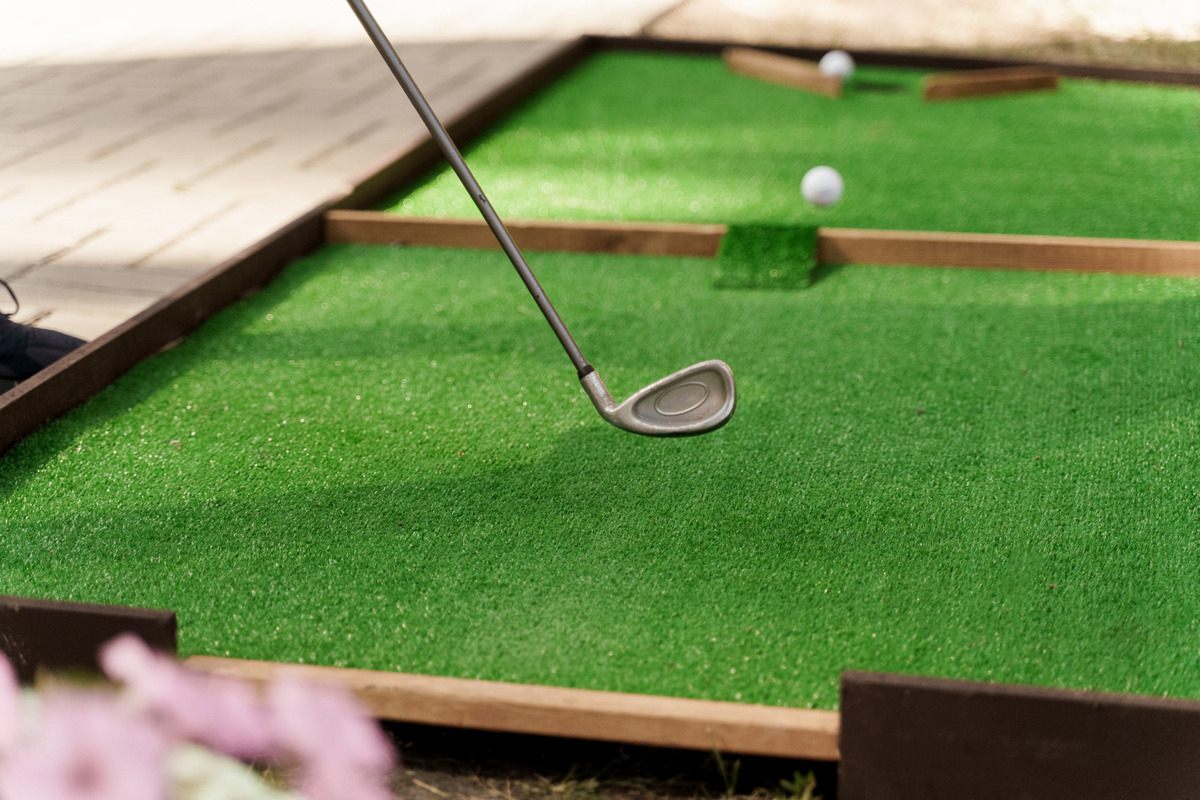
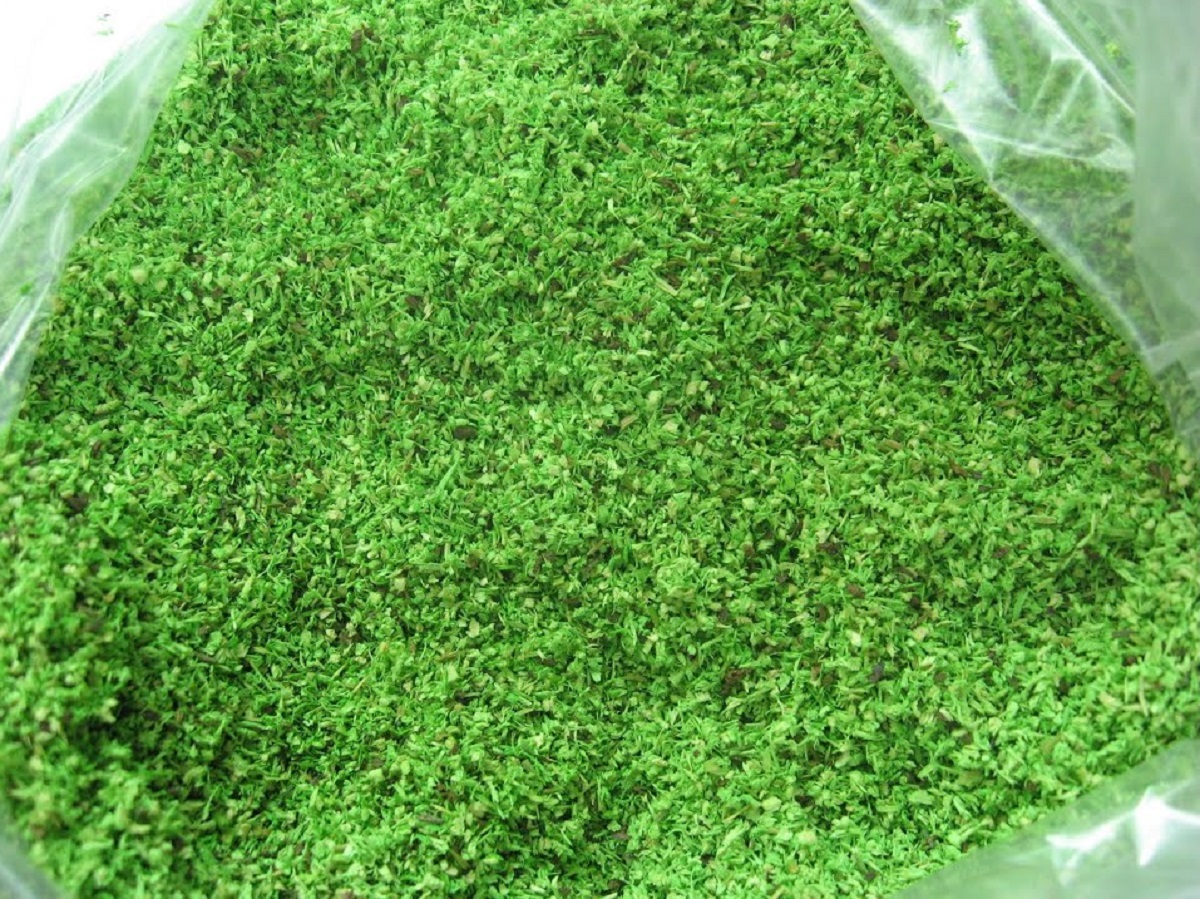
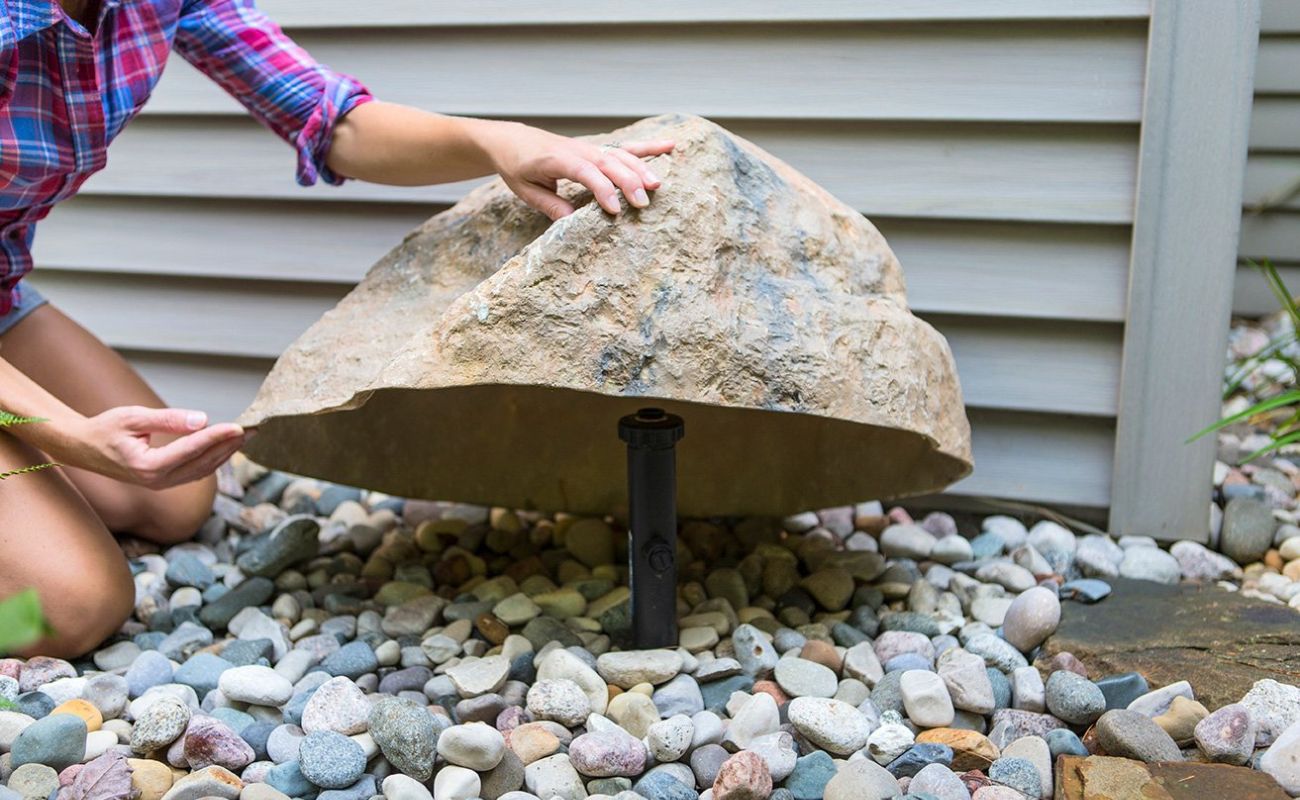
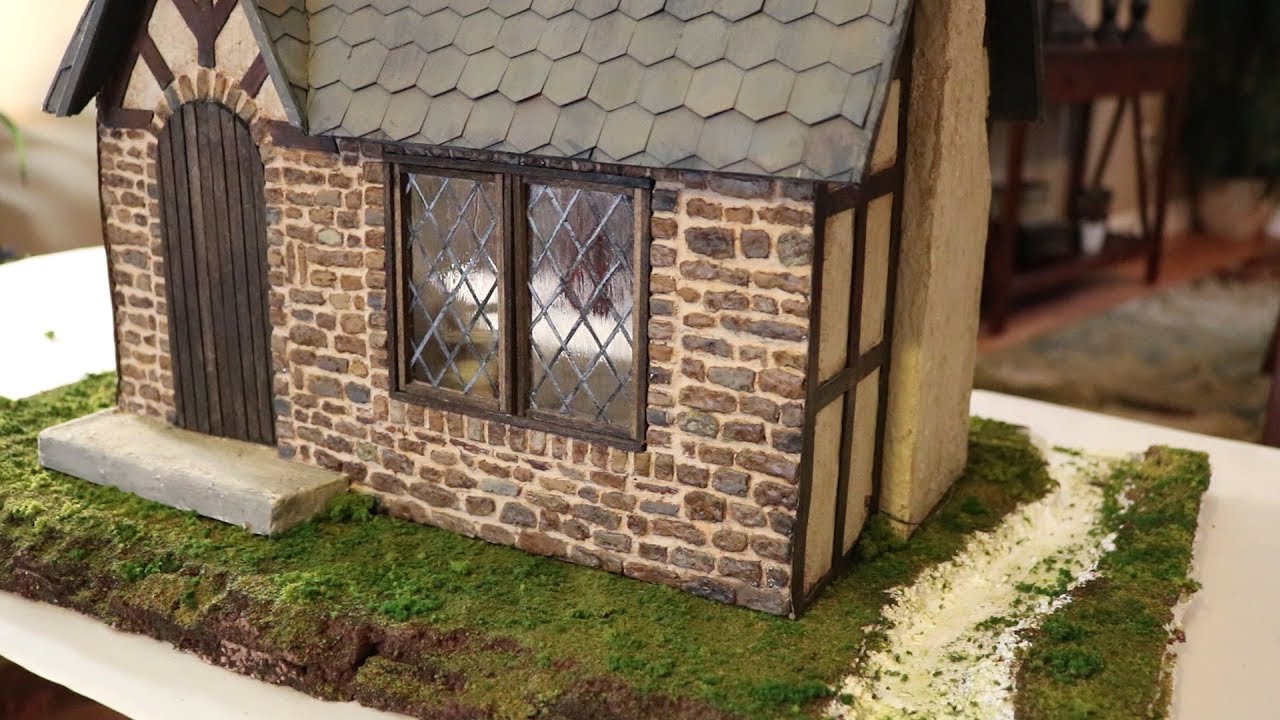
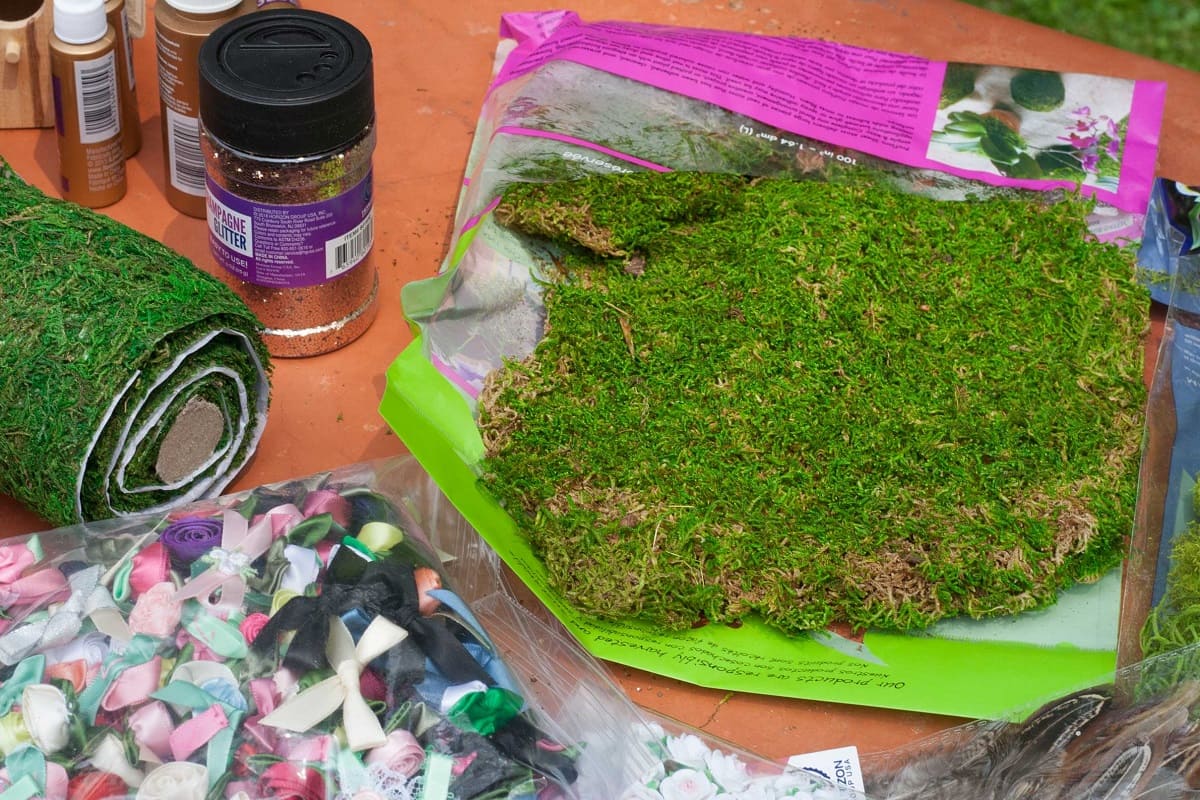
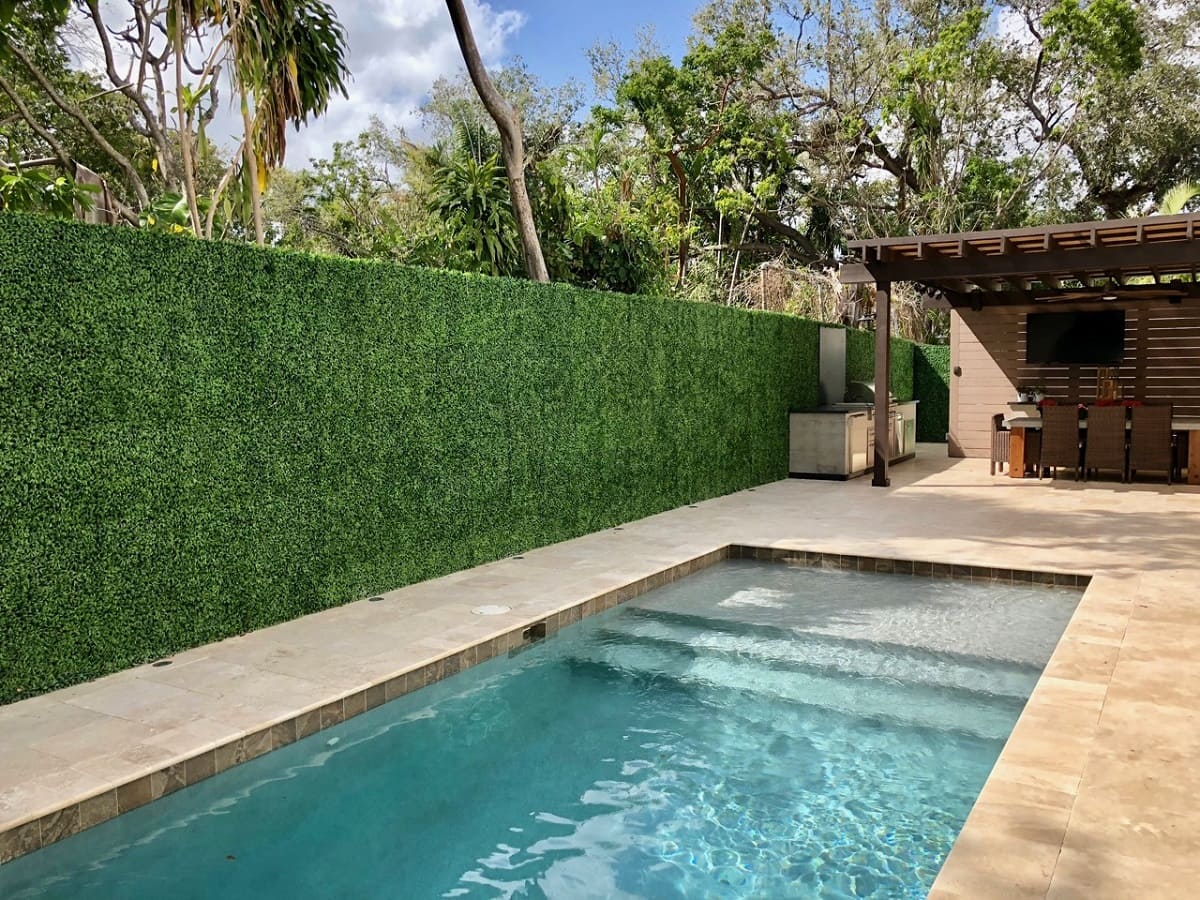
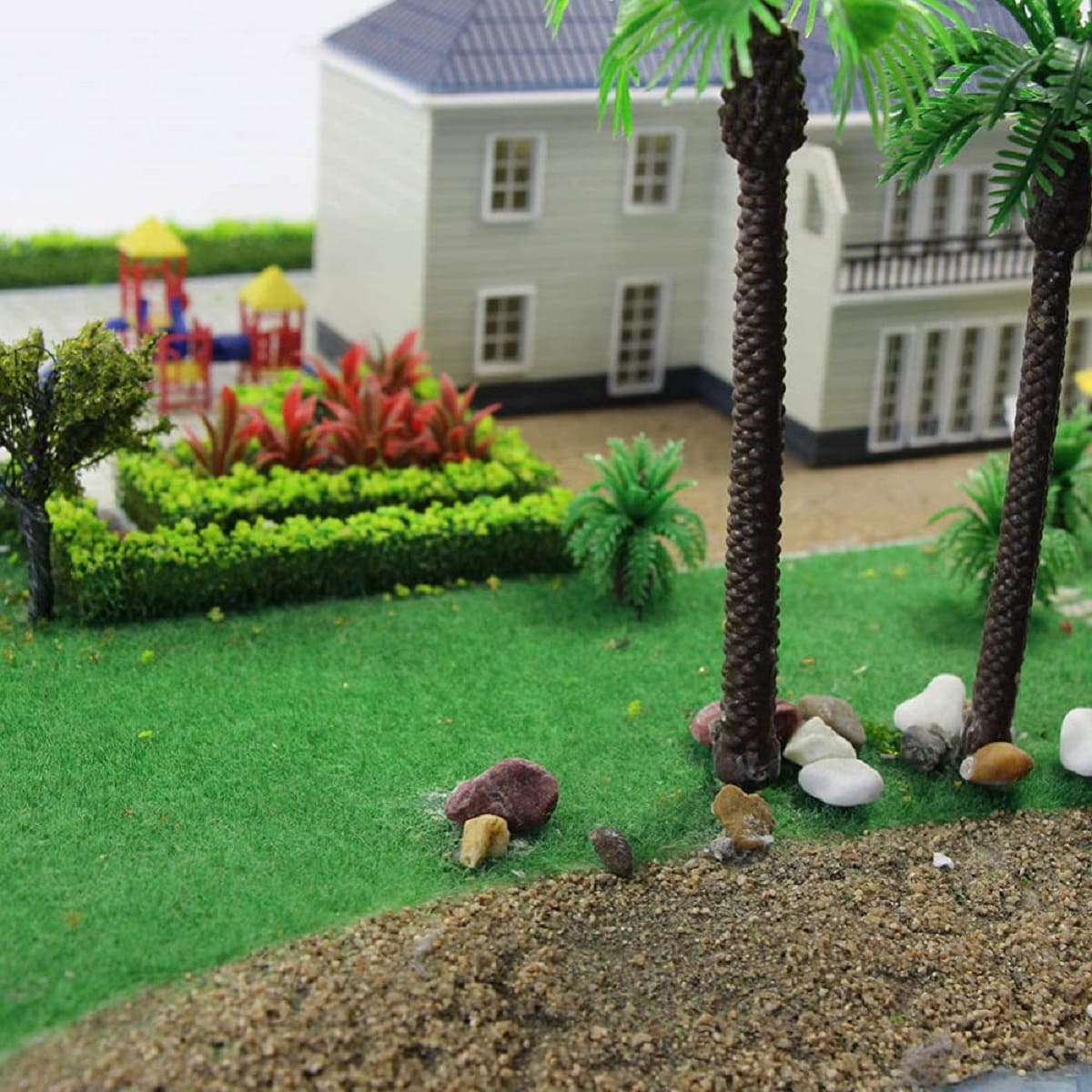
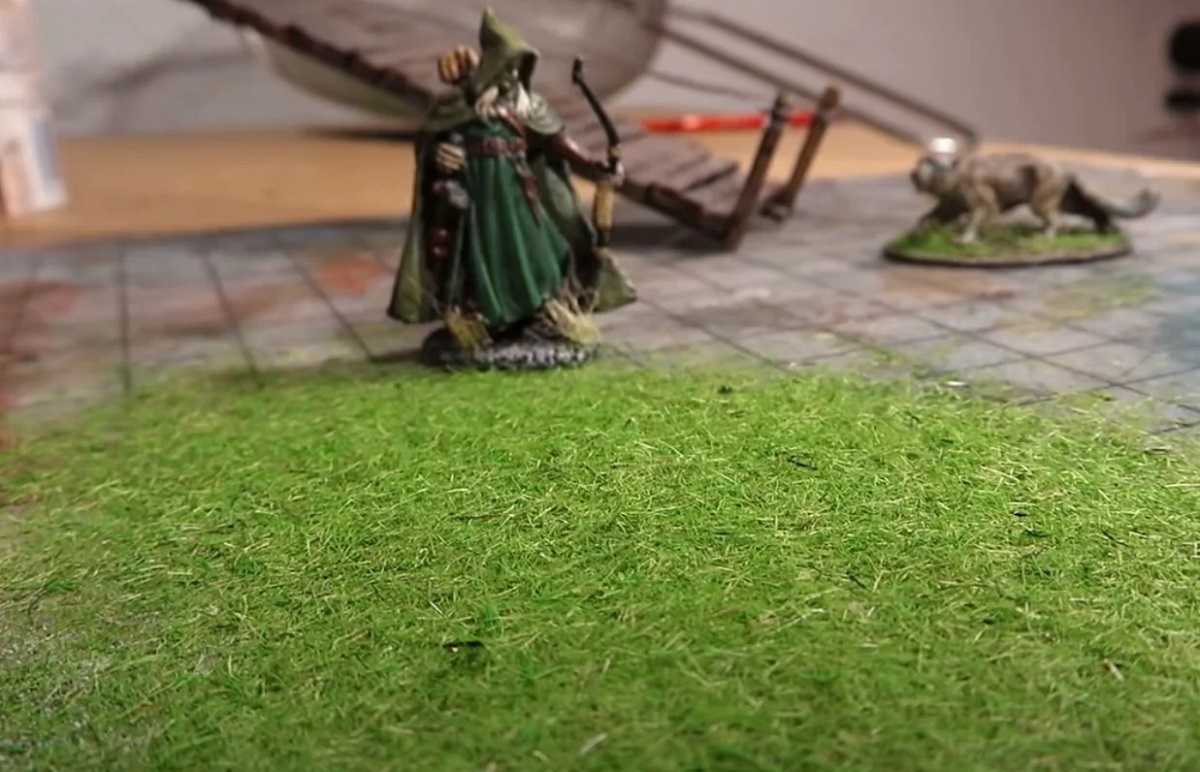
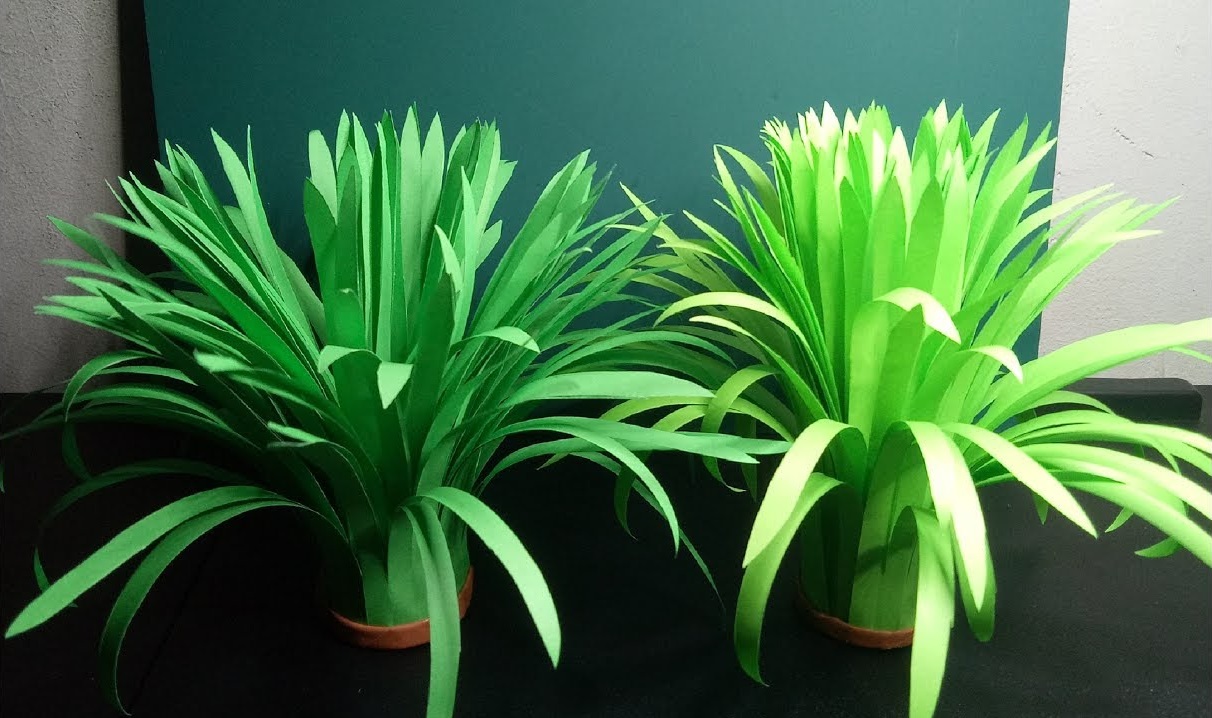
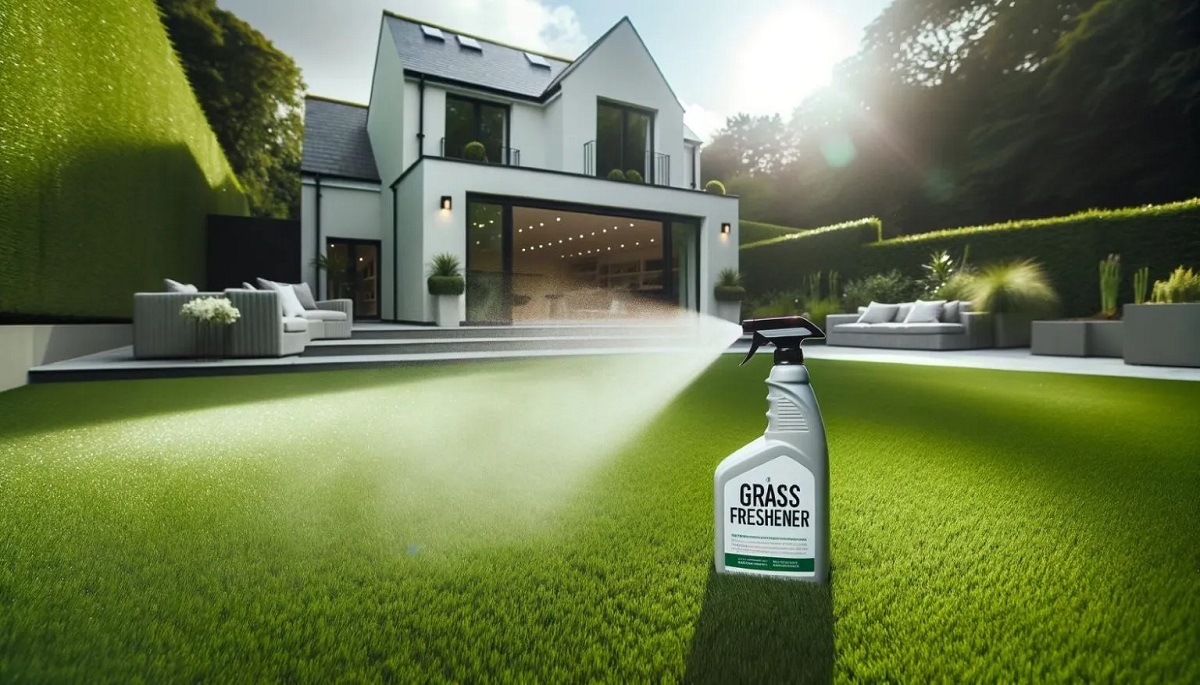
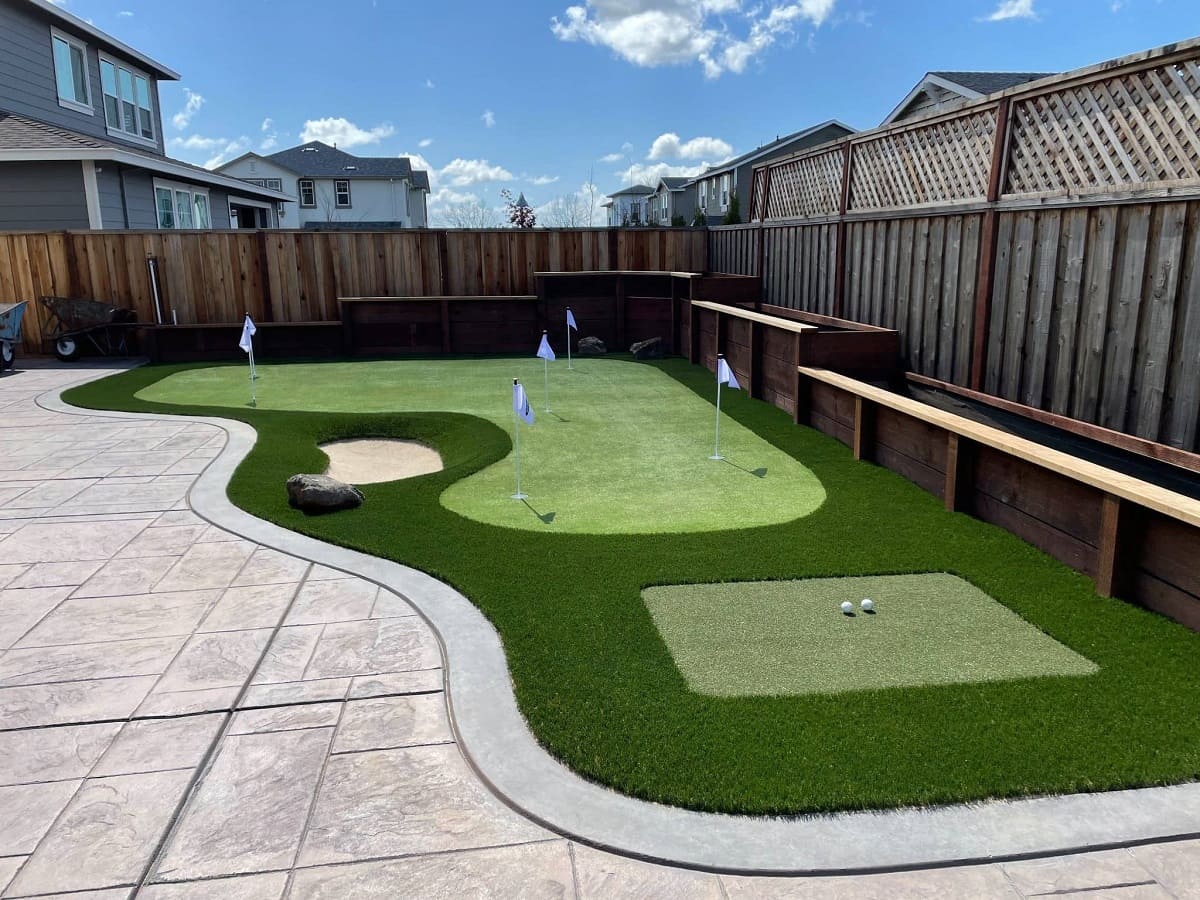
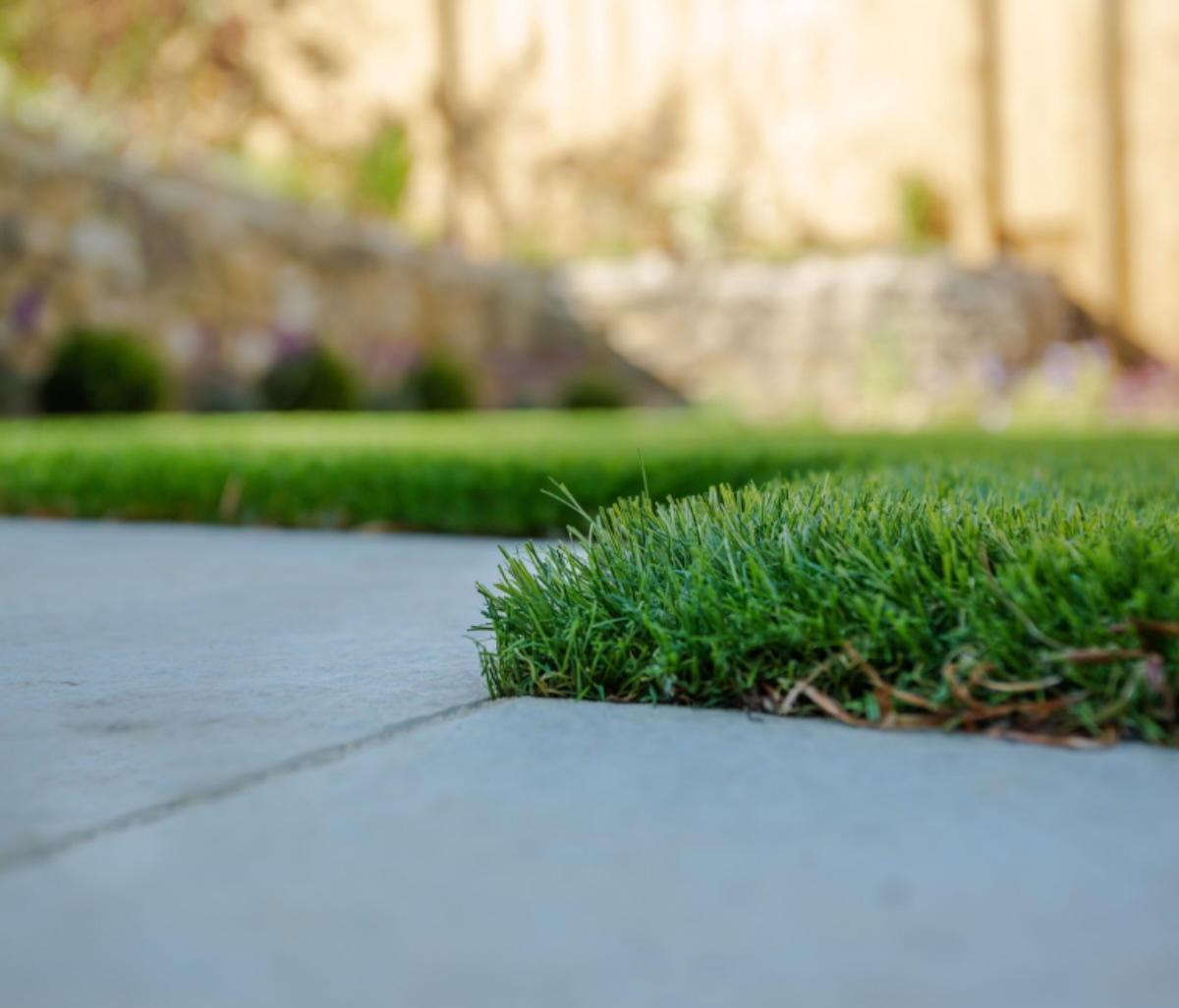
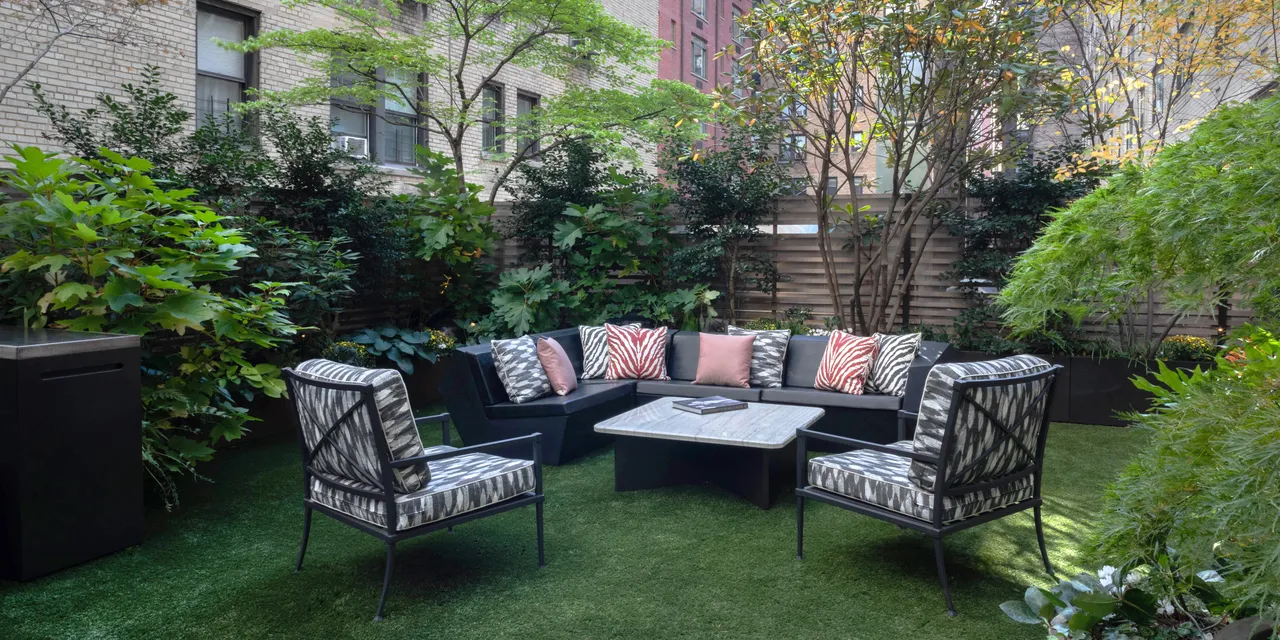
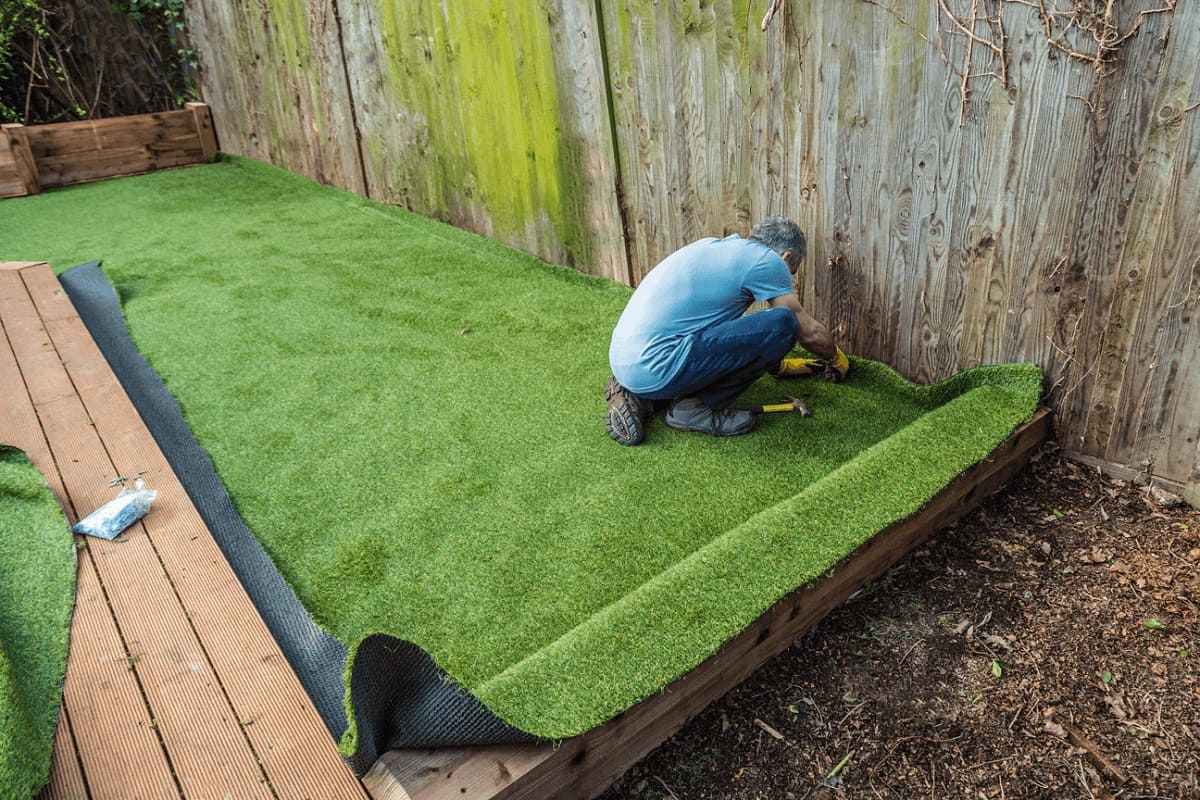
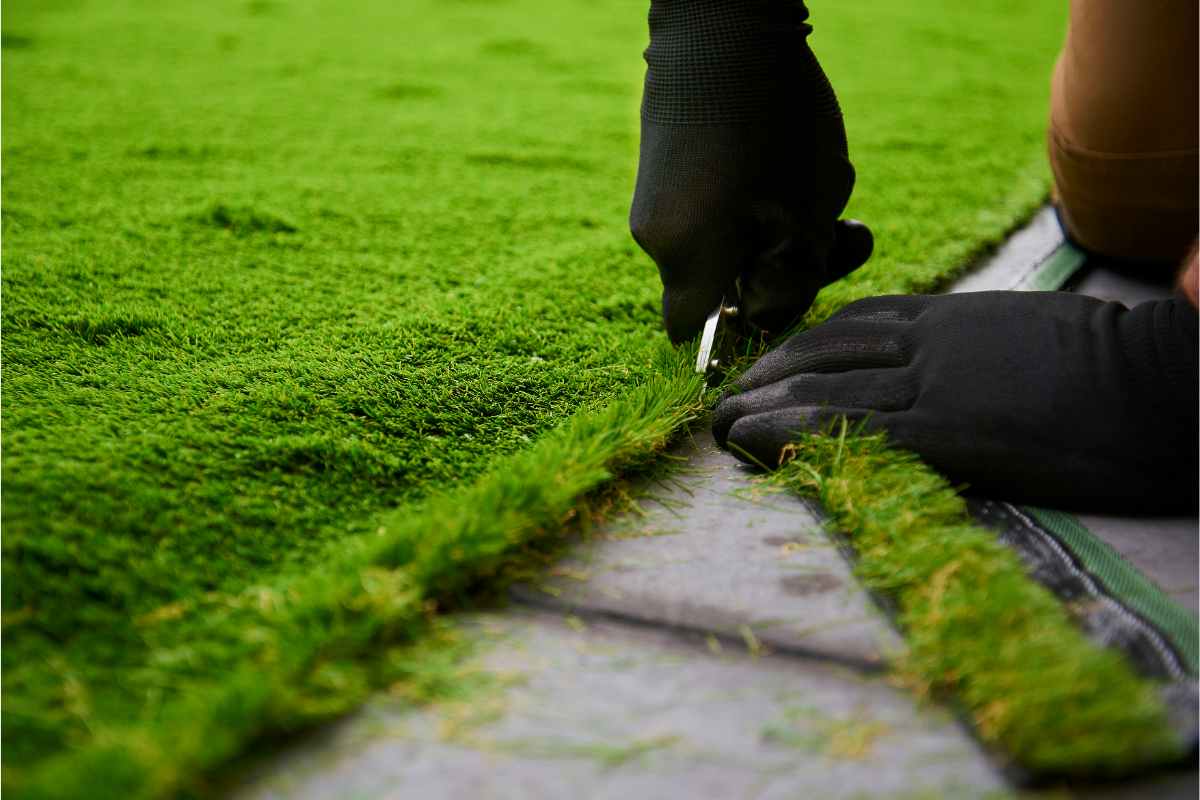

0 thoughts on “How To Make Fake Grass For A Project”